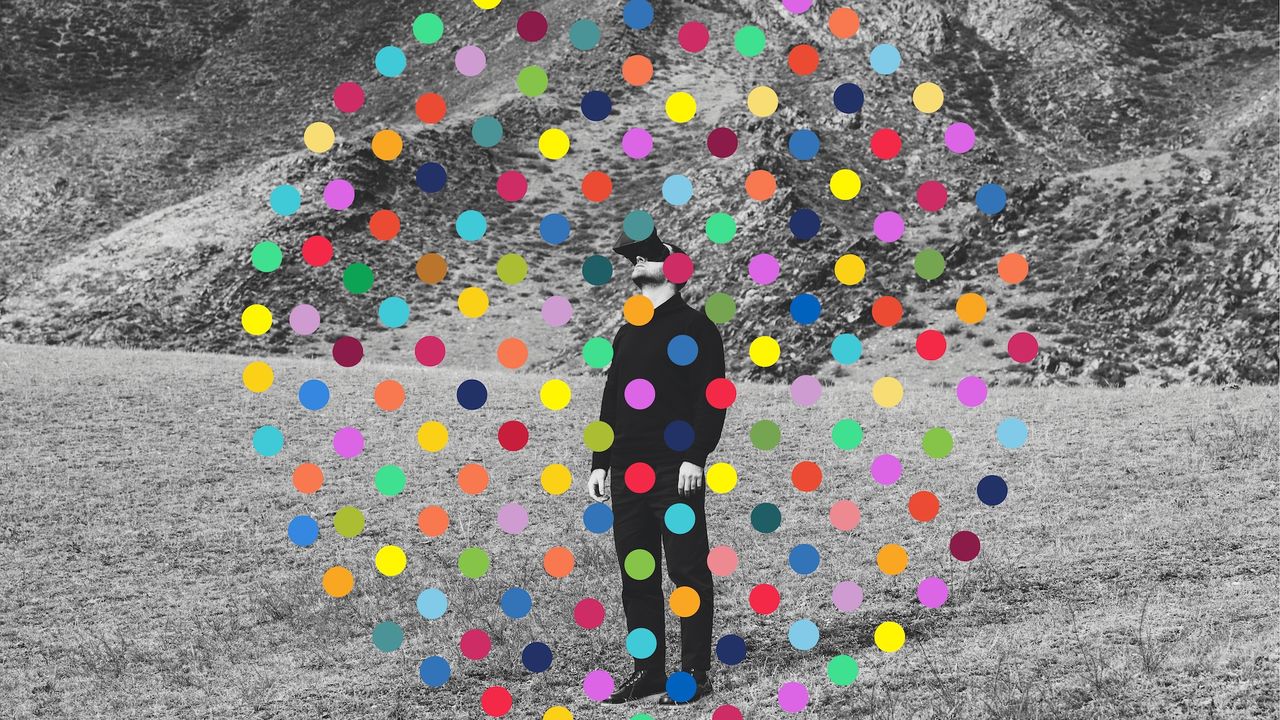
We dream every night, but we often can’t remember those dreams. Some mornings, we recall vivid details, and other days, we piece together hazy outlines. But what about color? Do most people dream in color or in black and white?
Some people may be surprised to learn that this has proved a divisive question. Modern research has indicated that television and films have a lot to do with how we experience dreaming and what we can remember when we wake up.
But that hasn’t always been the case. Up until the 1960s, researchers thought people largely dreamed in black and white, and surveys have backed this hypothesis. A small study of 277 people published in 1942 found that 70.7% of the college sophomores surveyed rarely or never saw colors in their dreams. Nearly 60 years later, Schwitzgebel asked a group of 124 college students the same questions — and the results had shifted drastically. In the more recent survey, less than 20% of the students surveyed reported rarely or never seeing colors in their dreams.
Other recent studies have produced similar results. Researchers have discovered a pattern: People born before the advent of color television and movies were much more likely to report having monochromatic dreams than people born after. This suggests that the way we interpret our dreams is affected by the types of media we consume.
Entertainment isn’t the only factor. Much of what we take away from our nightly dreams has to do with how accurately we remember them and which details stick with us the most.
“Dreams are defined as subjective experiences during sleep, and the only way we can get to them is if the person is remembering them after waking up,” Michael Schredl, head of the sleep laboratory at the Central Institute of Mental Health in Germany, told Live Science. “The main problem is, ‘how good are you at recalling?'”
Just as in waking life, the colors of objects can be quite forgettable if they match what we expect to see. For example, a yellow banana in a dream probably wouldn’t leave a lasting impression.
“You don’t think about it, and it’s difficult to remember,” Schredl said. But if a neon-pink banana appears in a dream, it might make more of an impact.
What’s more, if a particular color is significant to a person, they may be more likely to remember it.
“If the color has a specific meaning for the person in her or his waking life, then it might be that the color might point to something,” Schredl said. “It’s not about the color itself but how the color is affecting the person.”
But Schwitzgebel argues that the question of whether we dream in black and white or color could be a bit misguided in the first place. When we imagine a scene in which the colors aren’t important, our mental image may not be in black and white or in color; it may just be a fuzzy, “indeterminate” image. Or perhaps what we remember in the morning is slightly different from the mental image we had while dreaming, informed more by assumptions than memory. Dreams might be less of a visual, movie-like experience than we tend to assume, he said. Rather, it’s possible our media consumption affects how we remember our dreams.
“A lot of people can’t really quite get their minds around what it would mean for a dream experience to be neither colored nor black and white,” he said.


